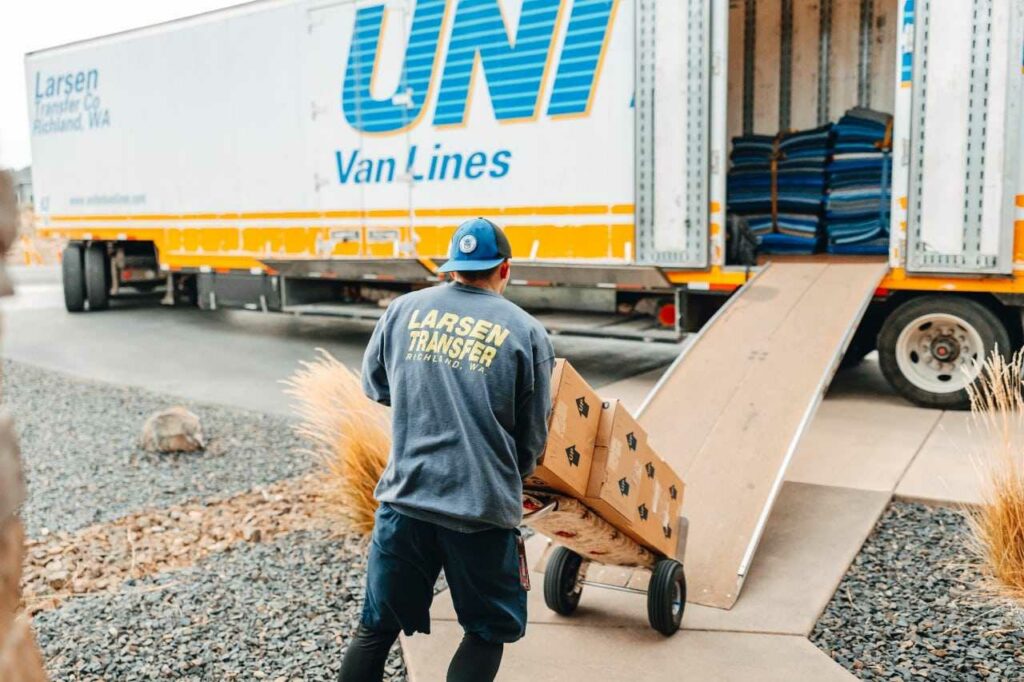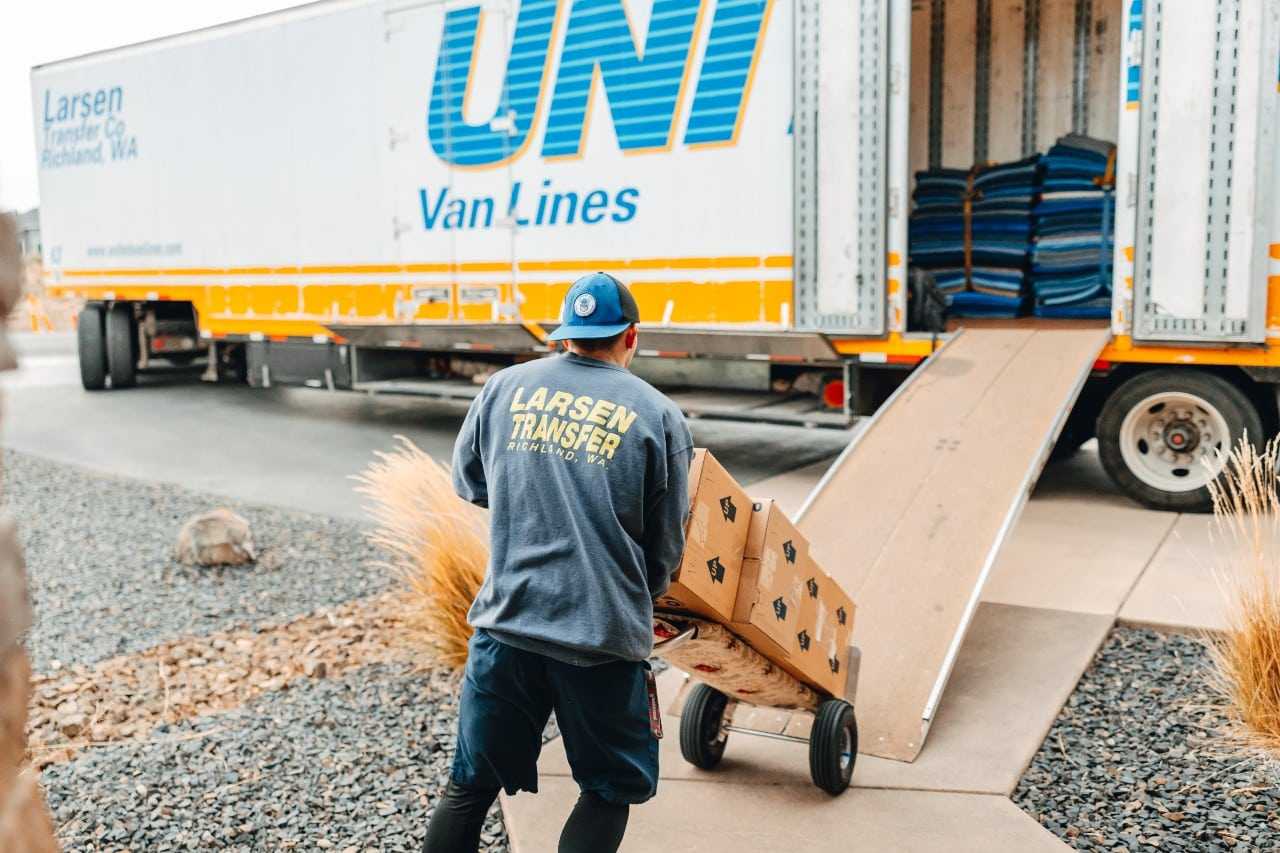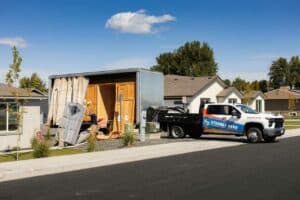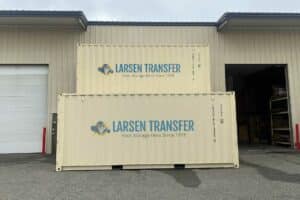Did you get a job across the country? Are you downsizing as you retire? Are you simply in need of a change of scenery? Whatever your reason for making a big move, unlike moving across town where you can wrangle your buddies and their truck to help you, moving long distance requires thoughtful planning and timely actions. As a premier moving company, we will share our top long distance moving tips to set you on the right path to achieving a successful and stress-free move.
Top 10 Expert Long Distance Moving Tips
#1: Create a Master Checklist
The first and foremost of our long distance moving tips is to plan meticulously. A long distance move is quite the endeavor, so planning carefully makes a world of difference, from stress levels to execution. To get started, we recommend making a master checklist of everything you need to do, including the upcoming nine tips. A checklist will ensure that nothing gets forgotten and that everyone involved knows their responsibilities. So let’s get into the rest of our long distance moving tips to help you craft your master checklist.
#2: Map Out Your Timeline

To accompany your master checklist, we recommend mapping out a timeline of your move. Whether you are moving in a month or six months, this will help you allocate sufficient time for each step of the moving process, from packing to the move itself. Take a look at your master checklist, and add a due date to each section. Adding an estimated timeframe for how long you think each project will take may also be helpful.
Pro Tip: Add your moving itinerary here as well! If you are driving or flying, mark how your transportation timeline works within your move.
#3: Plan Your Packing Strategy
The next time is to plan your packing strategy. Packing up a whole home often takes far longer than people assume, so we recommend the following steps.
First, declutter your home room by room. Going through one room at a time, separate items into “keep,” “discard,” and “donate” piles. For example, anything could end up in the “keep” piles, but some essentials are important documents, sentimental items, everyday necessities, valuables, etc. On the other hand, broken or damaged items, expired products, outdated technology, and old paperwork should all be tossed into the “discard” pile. Then, for donation, gently used clothing, books, household items, toys, functional furniture, and sporting goods can all be given a second chance.
Once you have worked out what you will be taking with you, you will have a better understanding of the amount you will need to transport. From here, you can reach out to a moving company.
#4: Choose the Right Moving Company

Regarding a long distance move, you want a company you can trust. Factors to consider include customer service, safety standards, and the technology used, in addition to pricing and availability.
For example, we at Larsen Transfer are a leader in the long-distance moving industry. While we may be a family-owned business with local roots, we have the robust support of United Van Lines‘ extensive logistic network. This partnership enables us to manage even the most complex international shipments and moves. Working closely with United Van Lines and an international broker, we ensure your overseas move is seamless. Whether your shipment travels by sea or air, we’ll ensure you reach your destination smoothly.
#5: Prepare for Interstate Regulations
Did you know that there is a long list of items that moving companies are legally not allowed to move for you? From obvious items like weapons to the less likely item of lamp oil, some things can’t be moved by a company across state lines. Due to this, you will either need to dispose of those items before the move or take the appropriate actions to move them yourself. Your moving company should provide you with a list of “yes” and “no” items, but ask if they don’t!
Plus, the United States Department of Transportation has a strict code of conduct enforced by consumer protection regulations. While they may seem a little complicated, these laws are in place to protect you when you move. We recommend that you take the time to review the laws and be aware of your rights. We suggest reading the Federal Motor Carrier Safety Administration website to learn more.
#6: Devise an Inventory Management System

Now that you know what you are moving, the regulations behind it, and the transportation method, it is time to develop a system.
First, we recommend separating out the items you plan on transporting yourself, like jewelry, small electronics, etc, from everything else.
Next, we advise creating a detailed inventory list separated into categories such as kitchenware, clothing, office supplies, etc. To make it super easy, there are a variety of apps for moving where you can track your inventory. It’s worth it!
When packing, you will want to take pictures of fragile items, label every box with color-coded or numbered stickers for quick identification, and ensure that everything remains updated on your inventory list.
#7: Research Your New Home
Once you have arrived at your new home, get a lay of the land. We recommend not only checking out the local amenities but also getting informed on how your moving truck can efficiently and safely access your home. If you live in an HOA area, be sure to ask if there are any rules on parking a moving truck or storage unit.
#8: Set Up Utilities
After arriving at your home, be sure to set up your home utilities right away. If you have any items needing utilities when you arrive, you will want to set them up immediately. Plus, if you are utilizing a mobile storage unit that needs to be placed curbside for a while, such as for the duration of a renovation, then be sure to get the appropriate utilities, such as electricity, set up before it arrives.
#9: Plan for the Worst Case
What happens if you arrive at your new home with a problem? Moving isn’t always an easy process, and things can go wrong. While it is unlikely, preparing for the worst care scenario is always best. We recommend speaking with your moving professionals and real estate agent in advance about potential problems with long distance moving tips to prepare just in case!

#10: Prepare Your Unpacking Approach
When unpacking your home, we recommend devising a strategy before you start hauling boxes into your new home. If you know where furniture and boxes are supposed to be, hang a sign on doors for movers to see or direct them in person if you are there. The last thing you want is a downstairs couch to end up in an upstairs bedroom!
Make Your Move with Larsen Transfer
Ready to make your long-distance move? Contact Larsen Transfer today to ensure a smooth and efficient relocation. Our experts are here to help every step of the way!






